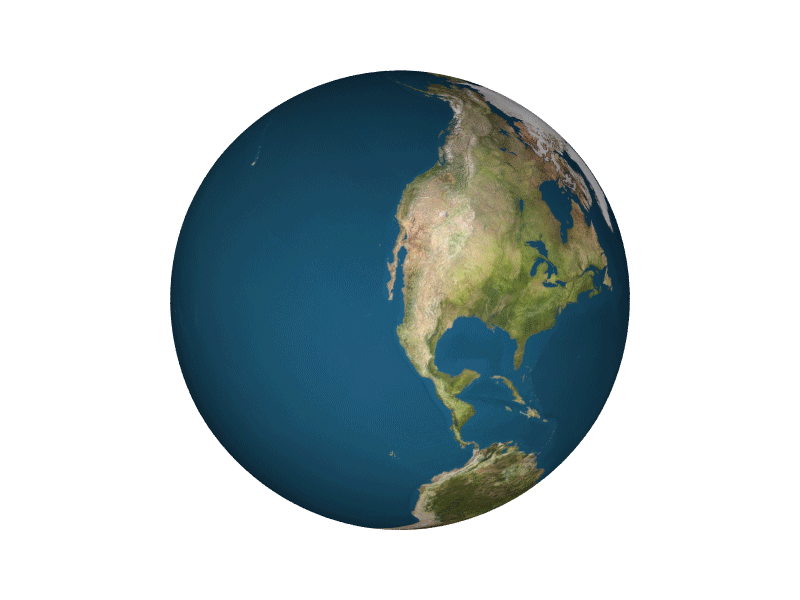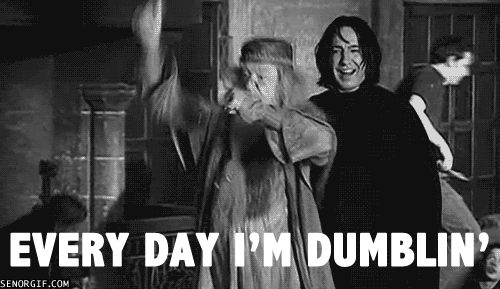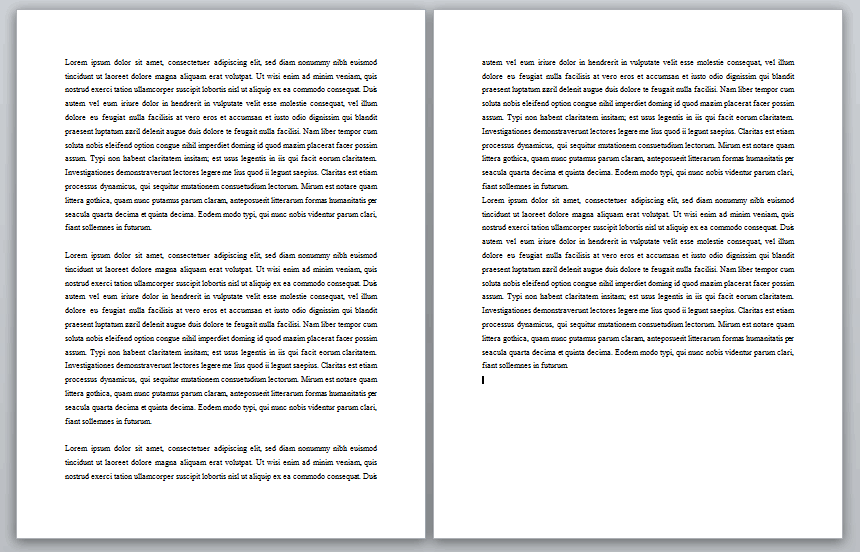- Most images files fit into one of two general categories-- raster files and vector files and each category.
- The way we are planning on using an image will have a big impact in which file format we decide to go with.
- Will you be printing it? Emailing it? Uploading to a website?
- The main three basic factors are:
- Is it important that the particular image remain true, or is it okay to sacrifice some quality in exchange for a faster loading or sending.
- Do you have more storage space than you will ever fill up, or are you working with limited hard drive or server space.
- Do you plan on sending the file frequently, like within emails, or documents.
Raster images:
- JPEG
- GIF
- PNG
- BMP
- TIFF
Vector images:
- PDF
- EPS
- JPEG:
- JPEG is short for Joint Photographic Experts Group, and is the most popular among the image formats used on the web.
- JPEG files are very ‘lossy’, meaning so much information is lost from the original image when you save it in a JPEG file.
- This is because JPEG discards most of the information to keep the image file size small; which means some degree of quality is also lost.
Original image

JPEG image


Advantages of JPEG:
- Compatible in most OS (Mac, PC, Linux).
- Most used and most widely accepted image format.
- Rich colors, great for photographs that need fine attention to color detail.
Disadvantages of JPEG:
- They tend to discard a lot of data.
- Cannot be animated.
- GIF:
- GIF is a lossless raster format that stands for Graphics Interchange Format.
- This is also a widely used web image format, typically for animated graphics like banner ads, email images and social media memes.
- GIF compresses images by reducing the number of colors in rich color images, thus reducing the number of bits per pixel.
- GIF is most suitable for graphics, diagrams, cartoons and logos with relatively few colors.


Advantages of GIF:


- Can do small animation effects.
- ‘Lossless’ quality–they contain the same amount of quality as the original.
Disadvantages of GIF:
- It’s the oldest format in the web, having existed since 1989. It hasn’t been updated since, and sometimes, the file size is larger than PNG.
- PNG:
- PNG is a lossless raster format that stands for Portable Network Graphics. Think of PNGs as the next-generation GIF.
- This format has built-in transparency, but can also display higher color depths, which translates into millions of colors.
- PNGs are a web standard and are quickly becoming one of the most common image formats used online.


Advantages of PNG:






- Supports transparency better than GIF.
- In a lot ways better then GIF. To start, PNG often creates smaller file sizes than GIF.
Disadvantages of PNG:
- Not all web browsers can support PNG.
- Not good for large images because they tend to generate a very large file, sometimes creating larger files than JPEG.
- BMP:
- The Windows Bitmap or BMP files are image files within the Microsoft Windows operating system.
- These files are large and uncompressed, but the images are rich in color, high in quality, simple and compatible.
- BMP files are also called raster or paint images.
- BMP files are made of millions and millions of dots called ‘pixels,’ with different colors and arrangements to come up with an image or pattern.
- Thus when you make a BMP image larger or smaller, you are making the individual pixels larger, and thus making the shapes look fuzzy and jagged.
Advantages of BMP:
- Works well with most Windows programs and OS, you can use it as a Windows wallpaper.
Disadvantages of BMP:
- Does not scale or compress well.
- TIFF:
- TIFF is a lossless raster format that stands for Tagged Image File Format.
- Because of its extremely high quality, the format is primarily used in photography and desktop publishing.
- When you scan a document or take a photo with a professional digital camera. Do note that TIFF files can also be used as a “container” for JPEG images.


Advantages of TIFF:
- High quality image format, all color and data information are stored.
Disadvantages of TIFF:
- Very large file size–long transfer time, huge disk space consumption, and slow loading time.
- PDF:
- PDF stands for Portable Document Format and is an image format used to display documents and graphics correctly, no matter the device, application, operating system or web browser.
- These files have a powerful vector graphics foundation, but can also display everything from raster graphics to form fields to spreadsheets.
- Both Adobe Photoshop and Illustrator can export straight to PDF, making it easy to start your design and get it ready for printing.

Advantages of PDF:
- It is great for posters, flyers, magazines and booklets.
- PDFs will keep your entire design in one package, making it easy to view, download or print.
Disadvantages of PDF:
- We cannot edit design in PDF, but use other applications for the contents.
- For images we can edit raster images with Photoshop and vector graphics with Illustrator. When we are done, we can combine those into a PDF for easy viewing.
- EPS:
- EPS is an image format that stands for Encapsulated PostScript.
- Although it is used primarily as a vector format, an EPS file can include both vector and raster image data.
- Typically, an EPS file includes a single design element that can be used in a larger design.


Advantages of EPS:
- With an EPS file, don’t have to worry about the size of design, it will always appear at the correct resolution.
- It does not deal with raster images.


